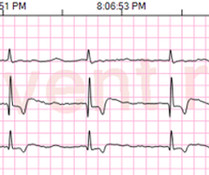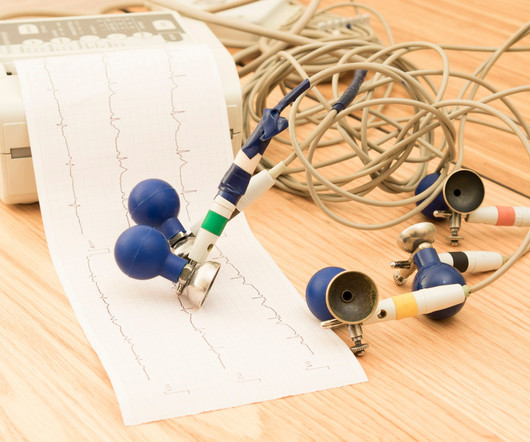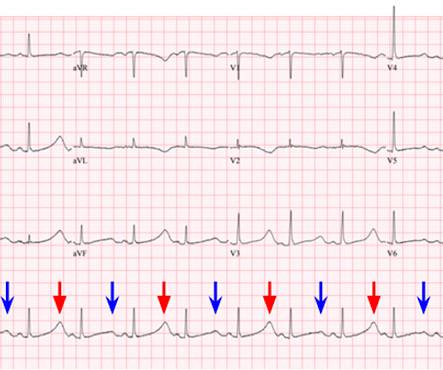Ventricular Fibrillation, ICD, LBBB, QRS of 210 ms, Positive Smith Modified Sgarbossa Criteria, and Pacemaker-Mediated Tachycardia
Dr. Smith's ECG Blog
APRIL 2, 2024
So it must be atrial fibrillation. Answer : it is irregularly irregular and the initial part of the QRS is fast, so this is atrial fibrillation with Left Bundle Branch Block (LBBB). Pacemaker mediated tachycardia! What do you think? Rhythm : Residents asked me why it is not VT. mm; the S-wave is 18 mm.











Let's personalize your content